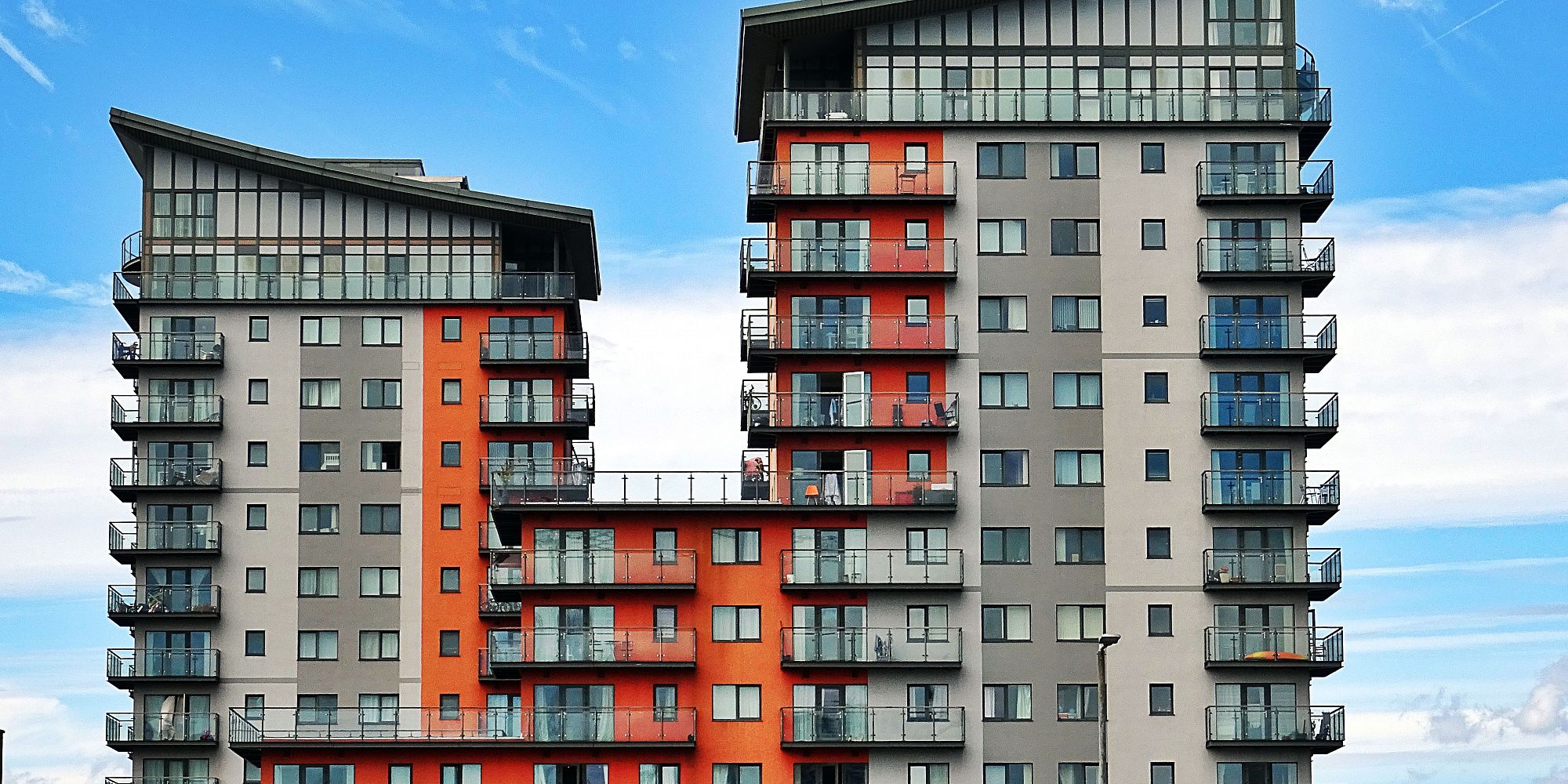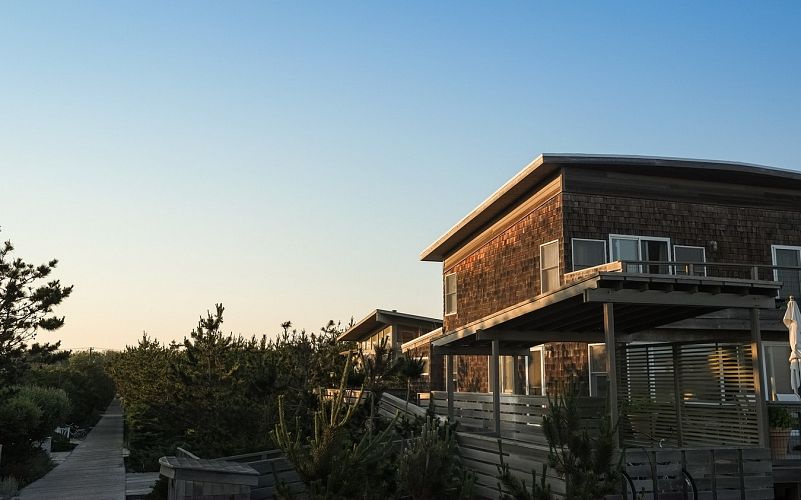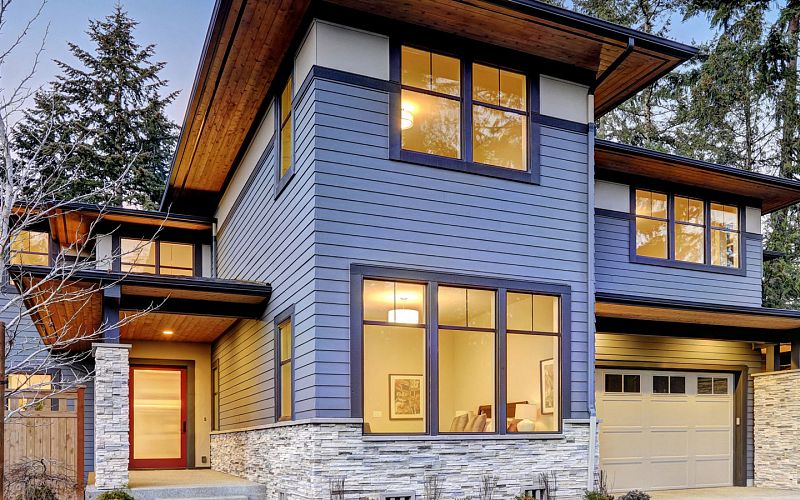Whether you’re a first-time homebuyer looking for your next home purchase, or downsizing into a smaller space, there are always pros and cons to take into account before making an offer on any property. Depending on your lifestyle, a strata complex may be a great option for you.
Stratas are made up from a collection of individually-owned units. Property managers handle the day-to-day operations of the building or community, meet to discuss future plans including building upgrades or bylaw changes, and make sure every owner is following the strata bylaws, rules and regulations.
So, you might be asking yourself “why would I want to live in a strata”? Well, we have you covered. Here are our “pros” and “cons” of strata life.
The pros of strata life
1. Lock-and-leave
One of the first major benefits to living under strata management is that you can be confident that your home is secure and taken care of if you decide to go on a vacation. No more trying to organize who is mowing the lawn, shovelling snow, and cleaning the siding and gutters while you are away. It’s all taken care of.
A part of the operation management that strata is in charge of is the security and maintenance of the entire group of units — this includes proper security doors for an apartment building or a structurally-sound gate surrounding the community.
2. Lower purchase cost
Because you are not purchasing the land, strata units typically sell at a lower price. This makes them ideal for those looking to buy their first homes. Combine lower purchase prices with the First Time Home Buyer Incentive from the Canadian Mortgage and Housing Corporation (CMHC), and first-time homebuyers can afford their first home.
For everything you need to know about the First Time Home Buyer Incentive from CMHC, click here.
3. Location
No matter where you decide to purchase real estate, location should play a major role in your decision — is it close to shopping centres, walkways, grocery stores, schools? Depending on your lifestyle, your priorities of where you want to buy will be different.
Stratas are built to comfortably fit a lot of people on a smaller plot of land. This means most strata complexes are very close to a variety of amenities. On one hand, it’s imperative for those living in a strata to have easy access to amenities and on the other hand, businesses have the room to situate themselves nearby.
4. Community living
Everyone is on the same page. All owners of units in a strata pay for the managers to upkeep the building and services. This means that no one wants to see anything get damaged or broken because everyone pays their share to fix or replace it.
Those around you are also invested into their real estate choice. It’s their home and they want to see the value rise, not fall. Perhaps you will make a few new friends in the community garden — you never know!
5. Downsizing
For those that have had the kids move out and are looking for less space to upkeep, moving to a strata could be your best option. Maintenance of the grounds and building is covered by the strata so you only have to worry about your own interior space and your balcony, if applicable.
The units are smaller, but that doesn’t mean that the quality is lower. If you are downsizing from a large house into a smaller space, be sure to find a high quality area that you love. Strata complexes can offer a variety of services such as a pool, community garden, a games room, and others.
The cons of strata life
1. The neighbours
Because the units are a part of a whole strata and are smaller than a stand-alone house, you have closer living quarters with your neighbours. While this isn’t inherently an uncomfortable factor, if you happen to have loud neighbours, it could disrupt your day-to-day routine.
You can’t choose your neighbours anywhere, but strata life might mean sharing a wall or ceiling with a noisy neighbour that could disrupt your peaceful sanctuary at times.
2. Additional strata levies in aging buildings
In older buildings, there is a higher chance that a large upgrade or replacement will need to be done. A part of your strata fees every month is covering upgrades and repairs to the building. Depending on the size of the project, stratas will measure the cost out per unit over a certain amount of years.
Properly run stratas stagger upgrades and repairs so that the homeowners in the complex don’t suddenly have a big bill each month. They have meetings to discuss big changes and how a project gets done is discussed and voted on. To follow proper safety codes, aging buildings may have big upgrades in the near future — these could include new fencing, siding, windows, or an elevator.
3. Mismanagement
Low strata fees every month sounds great on the surface, but take a good long look at the building and ask yourself, are the strata fees low because nothing is being done to the building to keep it up-to-date? Will your property lose value over the next few years because the building is falling apart? Once something big breaks, will the strata fees skyrocket instead of rising minorly to cover maintenance?
These are all questions to ask and could be a sign of poor management from strata. Read the strata bylaws closely as well to see if there is any major work planned that is a deal breaker for you. Purchasing a property is a huge transaction, make sure to check out everything before buying anywhere.
4. Loss of value
Speaking of poor management, is the building being upgraded? What are the future plans from the strata council? No matter where you purchase real estate, it’s imperative to know if the area will be improving or heading downhill.
The value of your unit is closely tied with the value of the entire building. While you have control over your direct unit, you don’t have full control over the building so if the value of the building drops, so does the value of your property.
5. More restrictions
If renovations are on your mind, then read the strata bylaws closely. Because you’re living closely amongst others, there are limitations and certain rules to follow when trying to change something within your unit — such as the flooring. When living in a strata, you and your guests must abide by all the bylaws set out from the strata council.
Larger, more important decisions can take much longer because the council needs to meet and go through proper procedure to determine the best course of action. These can include adding, removing, or amending the bylaws or planning a new upgrade or repair.
Choose what suits you best
When you’re looking for your next home purchase, discuss with your REALTOR® whether or not your lifestyle would suit strata-living. First-time homebuyers may find that strata units are a great way to get their foot in the door, and those looking to downsize could find a low-maintenance unit in an amenity-rich neighbourhood.
Consult a REALTOR® and discuss your priorities. They have a vast amount of knowledge and resources when it comes to real estate in the region so they can help you make an informed decision. From details about specific stratas to understanding the trends of the neighbourhoods in the area, a REALTOR® can cover it all for you.







